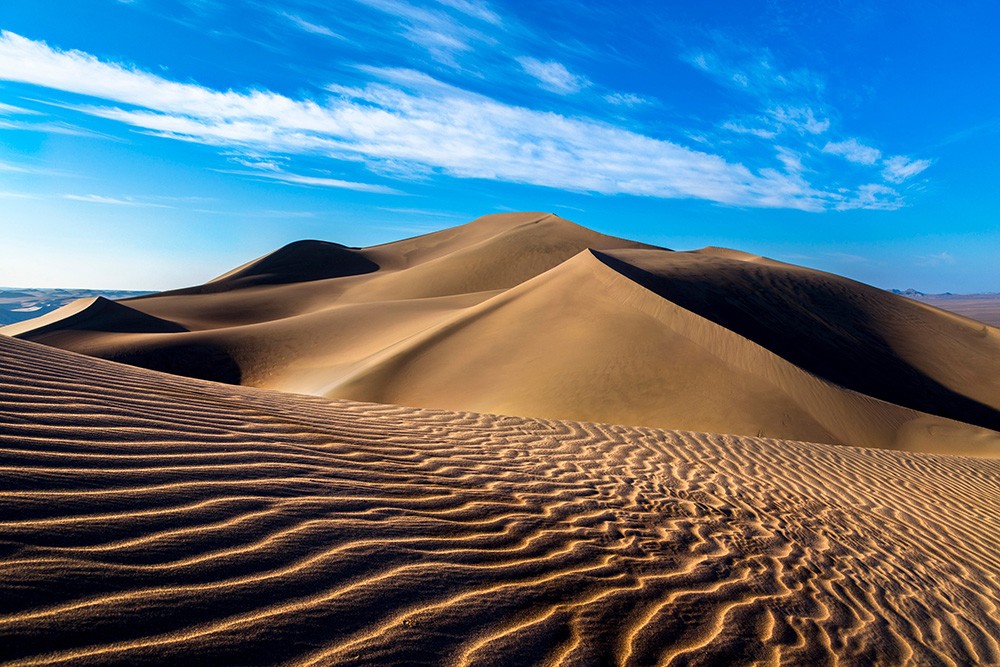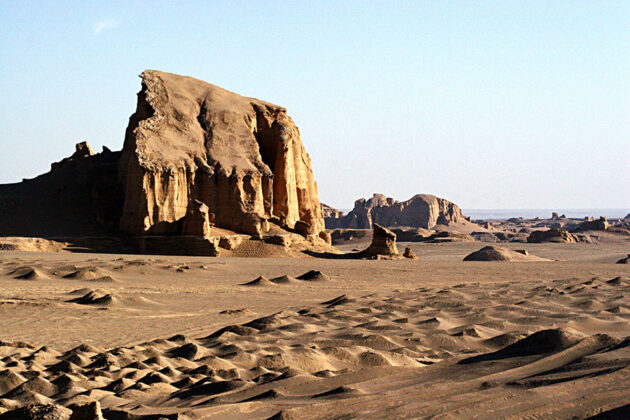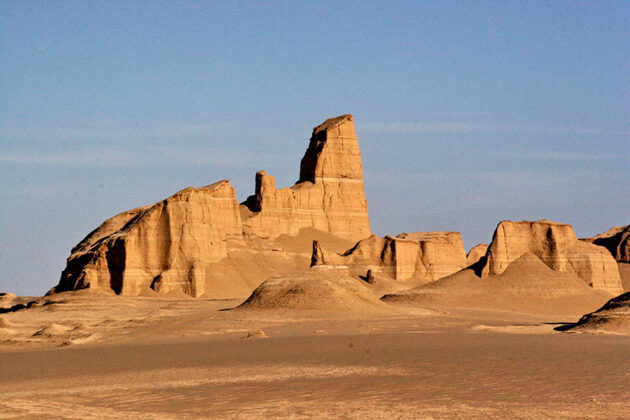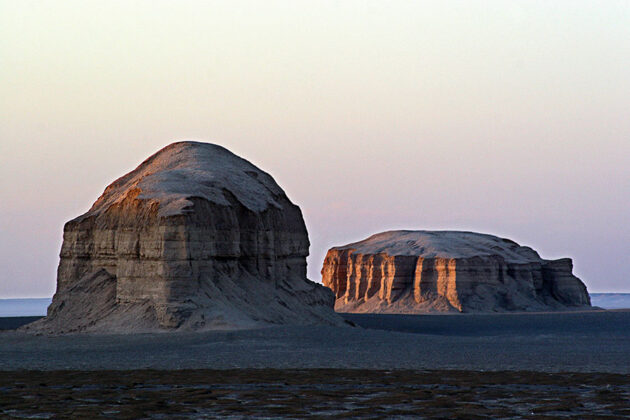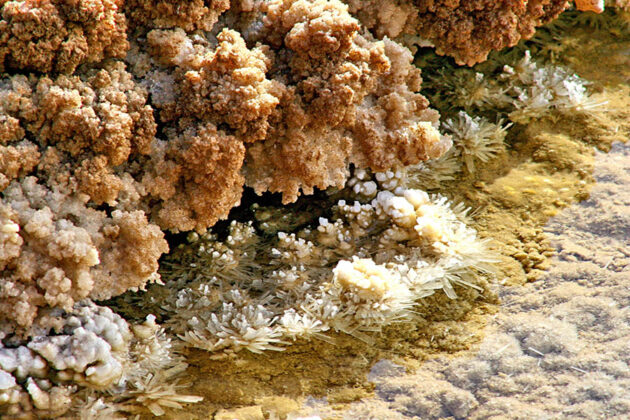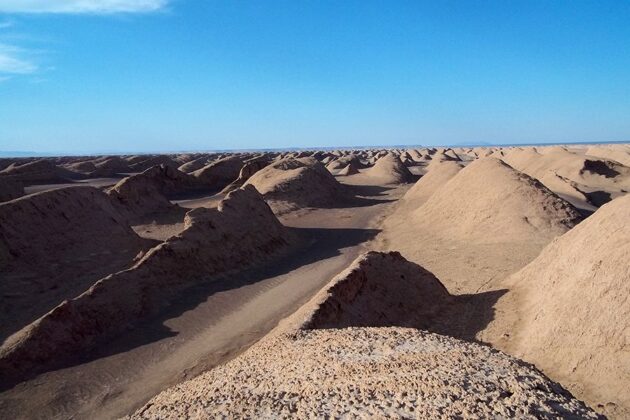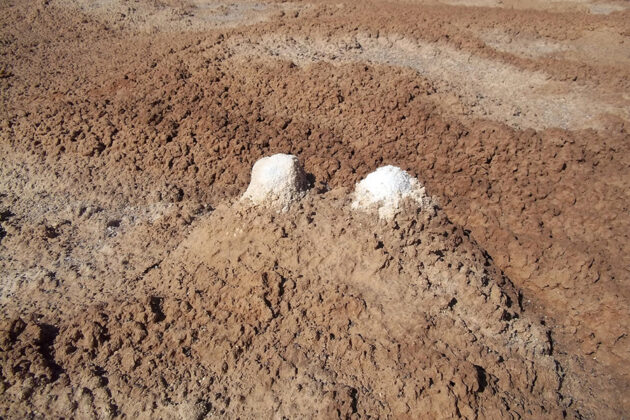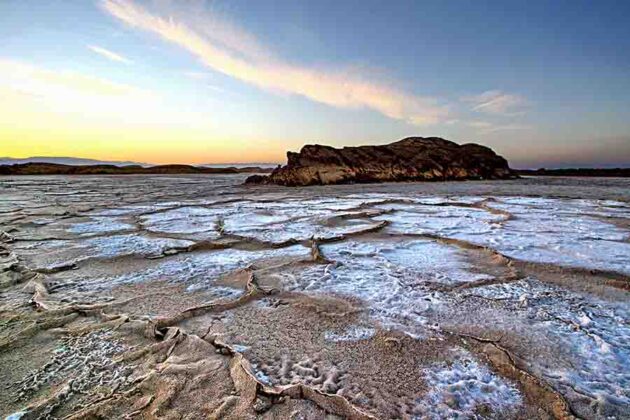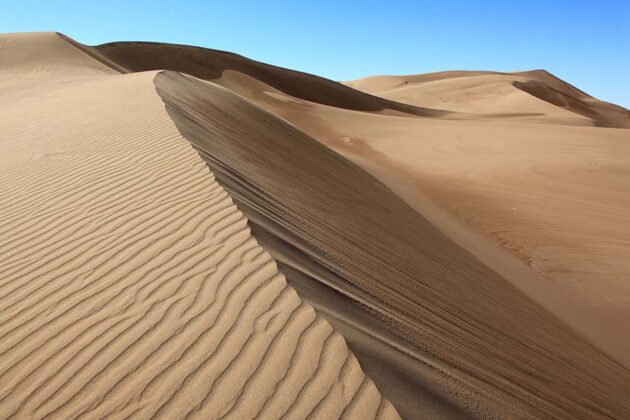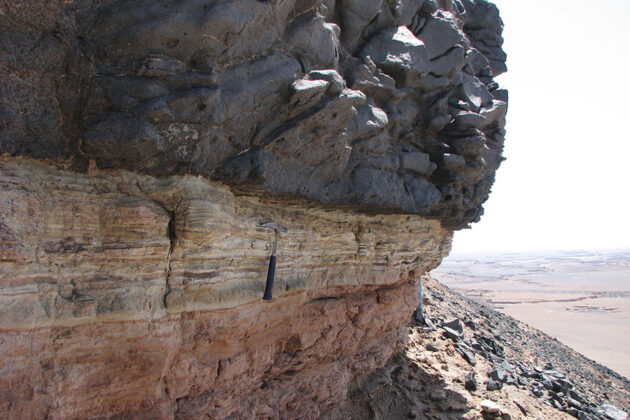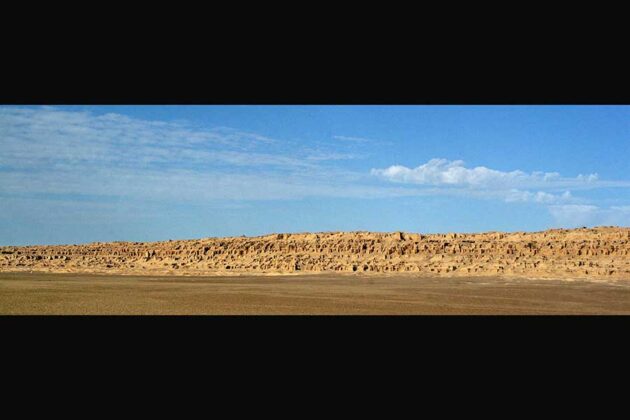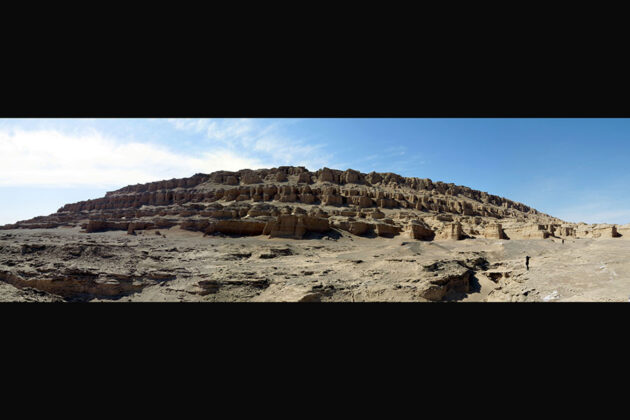The Desert of Lut, or Dasht-e-Lut, is located in the south-east of Iran.
Between June and October, this arid subtropical area is swept by strong winds; which transport sediment and cause aeolian erosion on a colossal scale.
Consequently, Desert of Lut presents some of the most spectacular examples of aeolian yardang landforms (massive corrugated ridges).
Desert of Lut also contains extensive stony deserts and dune fields. The property represents an exceptional example of ongoing geological processes.
Measurements of MODIS (Moderate-Resolution Imaging Spectroradiometer) installed on NASA’s Aqua satellite from 2003 to 2010 testify that the hottest land surface on Earth is located in Lut Desert. Land surface temperatures reach 70.7 °C (159.3 °F) in this place, though the air temperature is cooler.
Desert of Lut was inscribed on the World Heritage as Iran’s 21st item in the list. The inscription came a couple of days after the United Nations Educational, Scientific, and Cultural Organization (UNESCO) registered eleven Iranian qanats on the World Heritage List in its July 15 session.
UNESCO highlighted that the Persian Qanats provide exceptional testimony to cultural traditions and civilizations in desert areas with an arid climate, the UN’s website reported.
The first Iranian sites to be registered in the World Heritage List were Tchogha Zanbil in Khuzestan Province, Naqsh-e Jahan [or Imam] Square in Isfahan, and Persepolis in Fars Province, which were inscribed in 1979.
What follows are photos from Desert of Lut:
